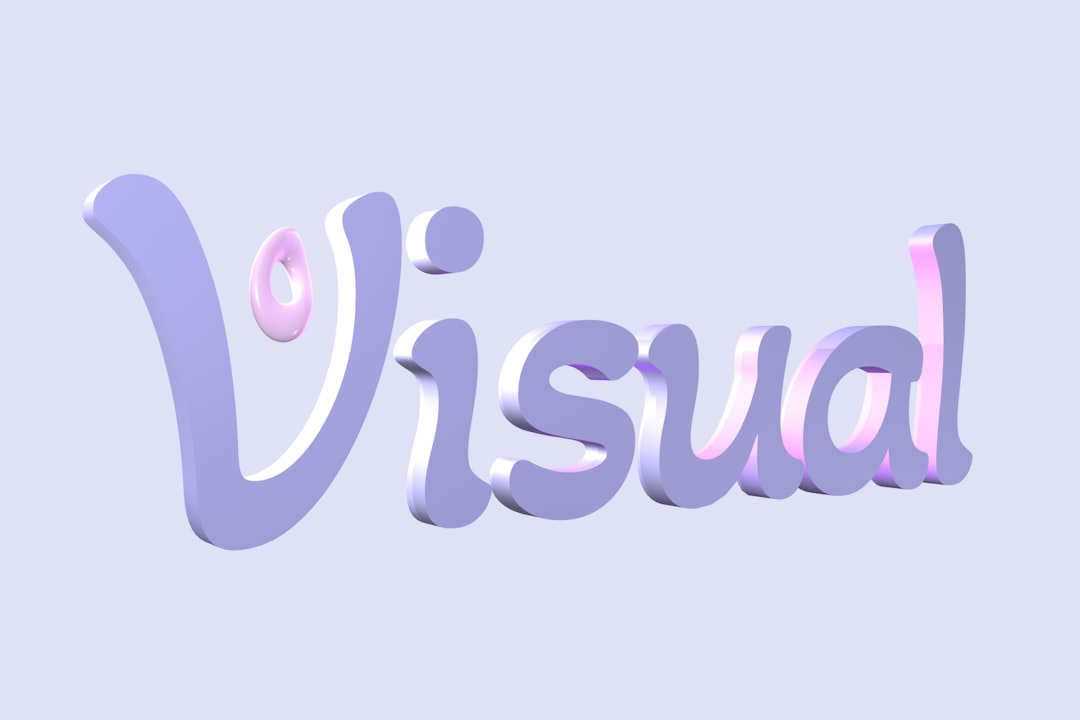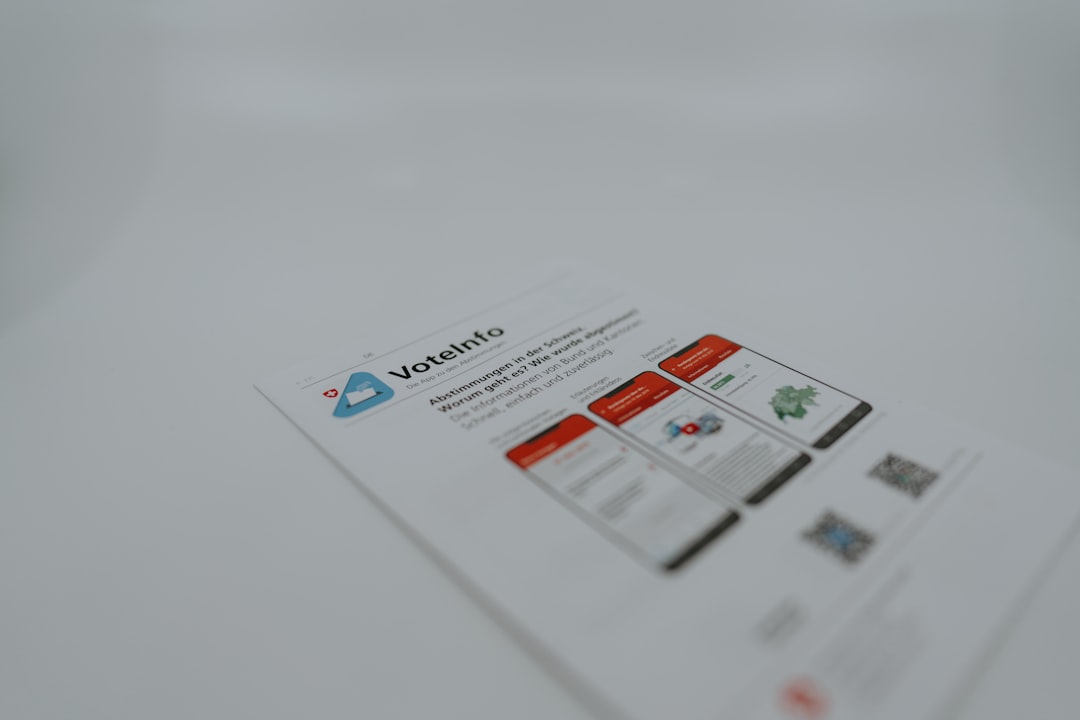In today’s digital age, simply having a website is not enough. For your WordPress site to truly stand out and retain visitors, it must offer a combination of striking design, intuitive navigation, and a seamless user experience. Whether you’re building a blog, business website, or eCommerce store, implementing proven design strategies can make all the difference between a visitor bouncing off your page and a new loyal follower or customer.
1. Prioritize Mobile-Responsive Design
With over half of web traffic now coming from mobile devices, a mobile-responsive WordPress website is no longer optional—it’s essential. Ensure that your theme automatically adapts to different screen sizes. Use tools like Google’s Mobile-Friendly Test to analyze how your site performs on various devices.
You can choose from thousands of free and premium mobile-friendly themes in the WordPress repository, or use page builders like Elementor or Beaver Builder, which offer built-in responsiveness options.
2. Use Clean and Consistent Typography
Typography plays a crucial role in your website’s readability and aesthetic appeal. Opt for a maximum of two font families—one for headings and another for body text. Popular web-safe fonts like Roboto, Lato, and Open Sans are clean, modern, and easy to read.
Tips for better typography:
- Ensure sufficient line height and letter spacing.
- Stick to a font size hierarchy for headings, subheadings, and body text.
- Use contrasting colors between text and background.
3. Optimize Website Performance
User experience is heavily tied to website performance. A slow-loading website not only frustrates users but also negatively impacts SEO. Thankfully, WordPress offers various ways to keep things speedy.
Ways to boost performance:
- Install a caching plugin like WP Super Cache or W3 Total Cache.
- Use image optimization plugins such as Smush or ShortPixel.
- Choose a reliable hosting provider with solid uptime and speed.
4. Choose a Minimalist Theme
Simplicity is the ultimate sophistication, especially in web design. Flashy designs with too many elements can be overwhelming. A minimalist layout not only looks clean but also allows your content to shine and helps users focus on what’s important.
Look for themes with plenty of white space, straightforward navigation, and a solid structure. Themes like Astra, Neve, and OceanWP are optimized for performance and aesthetics.

5. Improve Navigation with Intuitive Menus
An intuitive menu structure makes it easier for your visitors to find what they’re looking for, reducing bounce rates and improving time-on-site. WordPress allows for customizable menus, which you should structure logically.
Navigation best practices:
- Keep the top-level menu concise – no more than 6-7 items.
- Use dropdowns to organize subcategories.
- Include a search function in the header or navigation bar.
6. Leverage Custom Widgets and Sidebars
Sidebars and widgets can enhance functionality and offer users extra content without cluttering the main page. You can use them to display your latest posts, social media feeds, newsletters, or even product recommendations, depending on your website type.
Consider conditional sidebars, which change based on the page or category. For instance, your blog page might show recent posts, while a product page highlights a featured product or review.
7. Use High-Quality Visuals and Graphics
Visual content is a powerful way to break up text, add visual interest, and communicate ideas more effectively. However, stock photos can feel impersonal or overused. Try to include custom graphics, branded images, or original photography whenever possible.

You can also use tools like Canva or Photoshop to create infographics, charts, and icons that support your content. Just be sure to compress these images to avoid bloated loading times.
8. Incorporate Clear Calls-to-Action (CTAs)
Without strong CTAs, your site visitors may not know what to do next. Whether it’s signing up for a newsletter, making a purchase, or reading another blog post, guide your visitors with clear, compelling action prompts.
Effective CTA tips:
- Use contrasting colors for CTA buttons so they stand out.
- Keep the language action-oriented: “Get Started,” “Download Now,” “Join Free.”
- Place CTAs at strategic points like above the fold, mid-page, and end-of-page.
9. Embrace Visual Hierarchy and White Space
Arrange your content in a way that guides the visitor’s eye naturally through the page. Use varying font sizes, bold headlines, and colored sections to emphasize key pieces of information. At the same time, white space—also known as negative space—provides breathing room that prevents your site from feeling cluttered.
Proper use of visual hierarchy can increase engagement by making key points easier to notice and understand.
10. Ensure Accessibility for All Users
Inclusive design isn’t just good manners—it’s also good business. Making your WordPress site accessible ensures that people with disabilities can navigate and interact with your content effectively.
Accessibility guidelines to follow:
- Use alt text for all images.
- Ensure proper contrast between text and background colors.
- Enable keyboard navigation and screen reader support.
You can install plugins like WP Accessibility or use accessible-ready themes to comply with standards like WCAG 2.1.
11. Add Engaging Animation and Interactivity (Sparingly)
Light animations and interactive elements can make your site feel modern and dynamic. Hover effects, accordions, and scroll-triggered animations can add wow factor—just don’t overdo it.
Use tools like Animate.css or JavaScript libraries such as AOS (Animate On Scroll) to implement subtle yet engaging motions that enhance user experience rather than distract.

12. Showcase Testimonials and Social Proof
If you’re offering products or services, trust plays a big role in a user’s decision. Displaying testimonials, reviews, case studies, or logos of brands you’ve worked with lends credibility to your site.
You can use testimonial sliders and dedicated sections to display social proof prominently. Plugins like Strong Testimonials or WPForms make it easy to collect and publish user reviews.
13. Keep the Footer Functional
Often underutilized, the footer offers a last opportunity to engage with your visitors. Design it strategically with links to important pages like Contact, Privacy Policy, FAQs, and social media profiles.
You can also include a newsletter signup, short bio, or mini sitemap to enhance usability and chances of return visits.
14. Test, Iterate, and Use Analytics
Design is not a one-time affair. Constant testing and optimization are key to long-term success. Use heat map tools like Hotjar to understand how users interact with your site. Install Google Analytics to track traffic, bounce rates, and conversion paths.
Based on this data, continually refine your content placement, CTA wording, and design choices to improve performance and deliver a smoother experience for every visitor.
Conclusion
Effective WordPress design melds aesthetics with functionality. By implementing these proven tips—from ensuring mobile responsiveness to maintaining intuitive navigation and fast load times—you position your website to not only look great but also function seamlessly. A well-designed WordPress site attracts more visitors, keeps them engaged, and turns them into loyal users or customers. Start enhancing your website today, and watch as both traffic and engagement grow in harmony.
